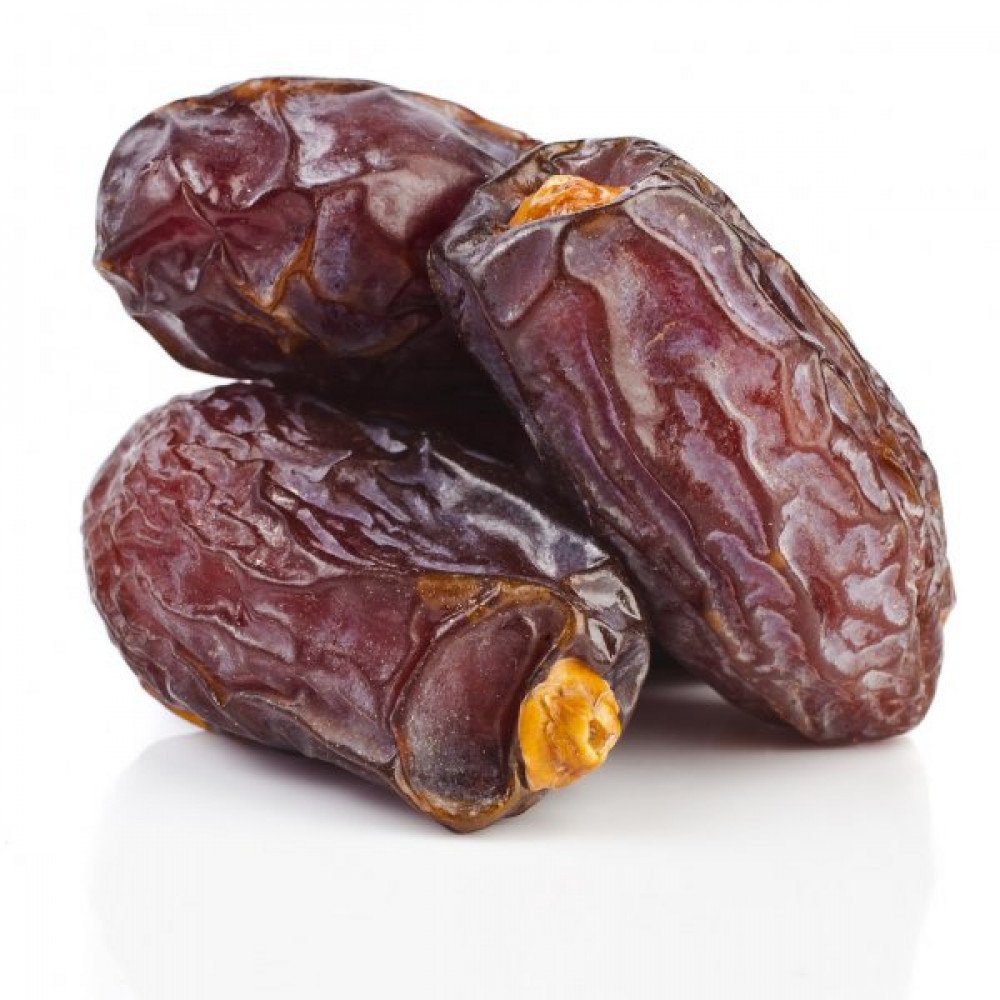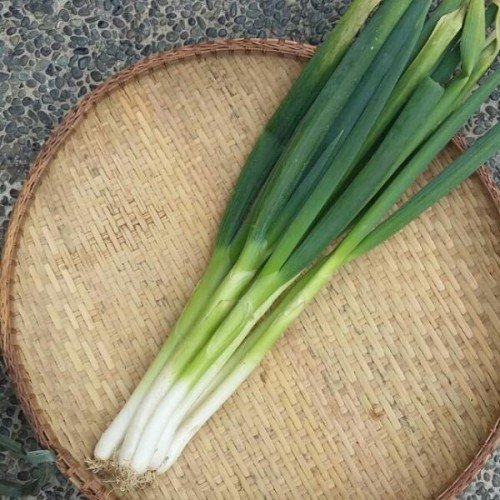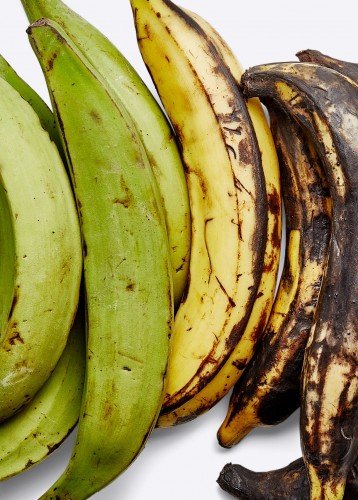Just like the fig, the date was one of the first fruits to be cultivated by man. Remains of the date palm have been found in the archaeological excavation of several Stone Age sites.
Both fresh and dried fruits are a nourishing food. A 100g portion of fresh fruit contains approximately 448kj . The same weight of dried dates supplies 950kj.
Fresh dates are a better source of Vitamin C- 100g provides almost a third of the recommended daily intake. They are also a useful source of soluble fiber, making them a gentle laxative which does not irritate the bowel or stomach.
On the other hand, dried dates are richer in potassium than the fresh fruit and a more concentrated source of nutrients such as niacin, copper, iron and magnesium.
A 100g portion contributes around a good portion of the recommended daily intake of each. Dates however, also contain tyramine (an organic compound found in foods , such as certain dairy and products), which is known to trigger migraines in people.
Anyone eating dried fruit as a healthy alternative to sweets should be aware that dates are high in sugar. Eating dried dates too often can lead to dental caries and g disease because the sugar content is readily fermented in the mouth to form dental plaque.
Ways to use dates include:
- Seeds are ground and mixed with grain to form nutritious stock feed.
- Wrapped in bacon and shallow fried to served with ranch dressing.
- As a honey substitute.
- Jallab, a Middle-Eastern fruit syrup.
- As a thick syrup for coating leather bags and pipes to prevent leaking.




Add your reply
Replies